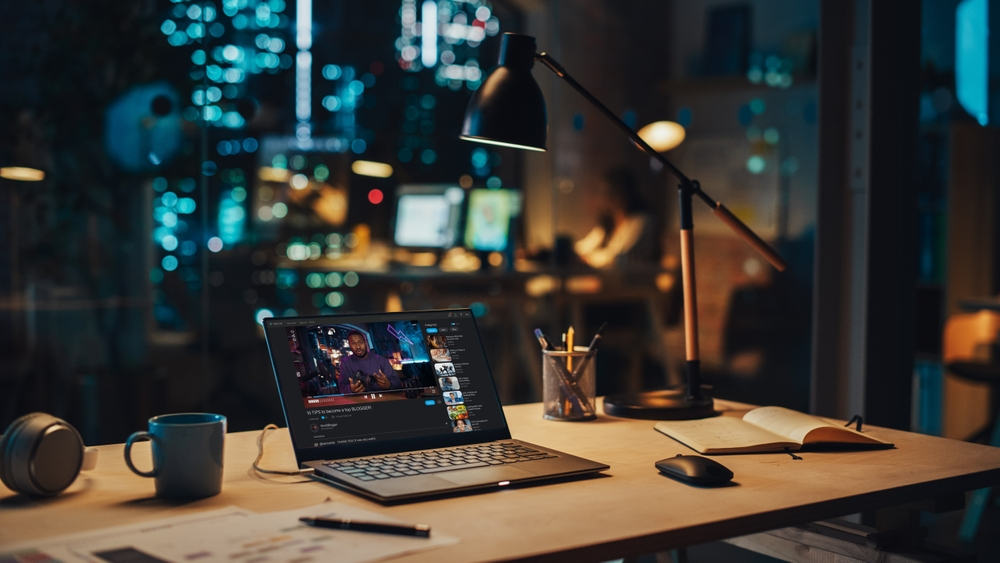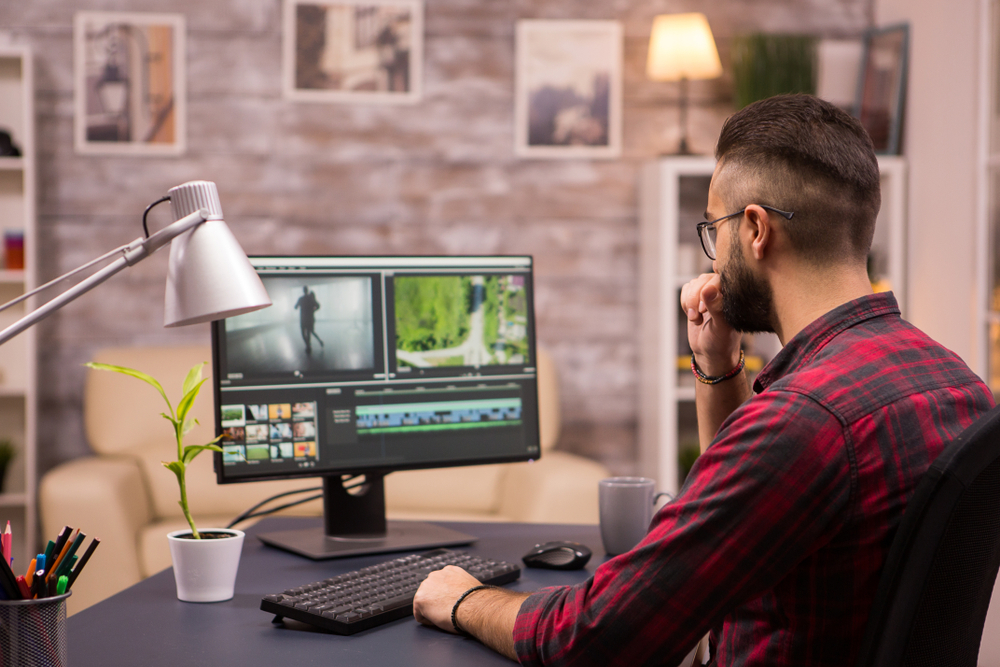The Biggest Mistakes People Make When Setting Up a Home Office
As remote work continues to be a prominent part of the modern workforce, setting up a well-designed home office has become increasingly important. A functional and comfortable workspace can greatly impact your productivity, well-being, and overall job satisfaction. However, many people make common mistakes when creating their home office, which can lead to discomfort, reduced efficiency, and even health issues.
In this article, we’ll explore the biggest mistakes people make when setting up a home office and provide guidance on how to avoid them.
1. Not investing in a comfortable and ergonomic chair
One of the most critical components of a home office is a comfortable and ergonomic chair. Many people underestimate the importance of proper seating and opt for a cheap, unsupportive chair that can lead to many problems. Sitting in an unsuitable chair for long hours can cause poor posture, back pain, and even long-term musculoskeletal issues.
To avoid this mistake, invest in a high-quality office chair that offers adequate back support, adjustable height, and comfortable cushioning. An ergonomic chair will help maintain proper posture, reduce strain on your back and neck, and keep you comfortable throughout your workday. Remember, a good chair is an investment in your health and productivity.
2. Neglecting proper lighting
 Another common mistake people make when setting up a home office is neglecting proper lighting. Inadequate or harsh lighting can lead to eye strain, headaches, and decreased productivity. Many people rely solely on overhead lighting, which can create glare on computer screens and cause shadows that make it difficult to work.
Another common mistake people make when setting up a home office is neglecting proper lighting. Inadequate or harsh lighting can lead to eye strain, headaches, and decreased productivity. Many people rely solely on overhead lighting, which can create glare on computer screens and cause shadows that make it difficult to work.
To ensure optimal lighting in your home office, incorporate a mix of natural and artificial light sources. Position your desk near a window to take advantage of natural light, which can boost your mood and reduce eye strain. Use task lighting, such as a desk lamp, to provide focused illumination on your work surface.
Additionally, consider using light bulbs with a color temperature that mimics natural daylight to reduce eye fatigue.
Read: The Best and Worst Aspects of Remote Work: Is It Right for You? Plus Tips to Thrive
3. Failing to create a dedicated workspace
One of the biggest pitfalls of working from home is the temptation to work from anywhere – the bed, the couch, or even the kitchen table. However, failing to create a dedicated workspace can blur the lines between work and personal life, leading to decreased productivity and increased stress.
To avoid this mistake, designate a specific area in your home as your office space. This could be a spare room, a corner of your living room, or even a converted closet. The key is to create a space that is solely dedicated to work, separate from your leisure and relaxation areas. By establishing a clear boundary between work and personal spaces, you can mentally shift into work mode when you enter your office and more easily disconnect when you leave.
4. Overlooking storage and organization
A cluttered and disorganized workspace can greatly hinder your productivity and increase stress levels. Many people make the mistake of overlooking the importance of storage and organization when setting up their home office, leading to a chaotic and inefficient work environment.
To keep your workspace clutter-free and organized, invest in adequate storage solutions such as shelving, filing cabinets, and desk organizers. Make sure to have a designated place for all your work-related items, including documents, office supplies, and technology accessories.
Regularly declutter your space and maintain a system for organizing your files and materials. A tidy and organized workspace can help you stay focused, reduce distractions, and increase your overall efficiency.
4. Ignoring the importance of personalization and aesthetics
When setting up a home office, many people focus solely on functionality and overlook the importance of personalization and aesthetics. However, working in a bland or uninspiring environment can negatively impact your mood, creativity, and overall job satisfaction.
To create a workspace that promotes positivity and productivity, take the time to personalize your home office. Incorporate elements that reflect your personality and make you feel happy and motivated, such as artwork, plants, or inspirational quotes. Choose a color scheme that energizes you and creates a pleasant atmosphere. By surrounding yourself with items that bring you joy and inspiration, you can boost your mood and enhance your overall work experience.
Read: Remote Jobs vs. Office Jobs: Which is Better for Your Career?
6. Not considering the need for privacy and noise reduction
Another common mistake people make when setting up a home office is failing to consider the need for privacy and noise reduction. Distractions from family members, pets, or outside noises can greatly impact your concentration and productivity. Additionally, ensuring privacy is crucial if you frequently handle sensitive information or participate in confidential meetings.
To minimize distractions and ensure privacy, consider the location of your home office carefully. If possible, choose a room with a door that can be closed to create a physical barrier between your workspace and the rest of your home. If a separate room is unavailable, use room dividers or screens to create a sense of privacy. Invest in noise-canceling headphones to block out external sounds and help you focus. For confidential meetings or phone calls, make sure to have a quiet, private space where you can speak freely without being overheard.
7. Skimping on technology and equipment
 Today, reliable and up-to-date technology is essential for productivity. Many people make the mistake of skimping on technology and equipment when setting up their home office, opting for outdated or inefficient tools to save money. However, this can lead to frustration, wasted time, and decreased productivity.
Today, reliable and up-to-date technology is essential for productivity. Many people make the mistake of skimping on technology and equipment when setting up their home office, opting for outdated or inefficient tools to save money. However, this can lead to frustration, wasted time, and decreased productivity.
Invest in the necessary technology and equipment for your home office to ensure a smooth and efficient workflow. This may include a reliable computer, a high-quality monitor, a fast internet connection, and any job-specific tools or software. Make sure your equipment is up-to-date and well-maintained to avoid technical issues that can disrupt your work.
Additionally, consider investing in ergonomic accessories, such as a keyboard tray or mouse pad, to reduce strain on your wrists and hands.


